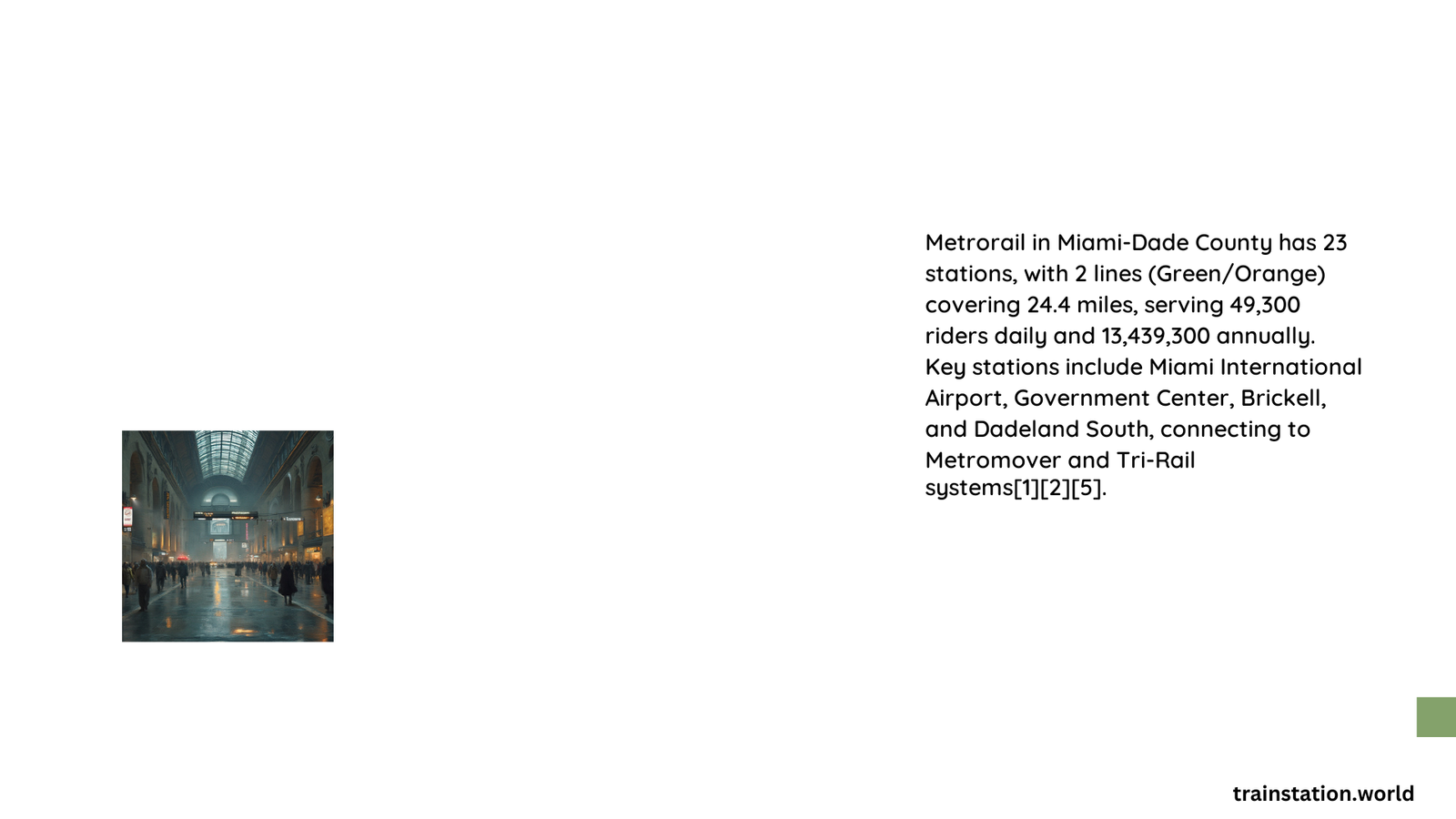Metro rail train stations are complex transportation hubs designed to efficiently move large numbers of passengers. These stations incorporate various elements such as platforms, ticketing systems, accessibility features, and safety protocols. The layout and design of metro rail train stations are crucial for ensuring smooth passenger flow, easy navigation, and integration with surrounding urban areas. This guide explores the key aspects of metro rail train stations, including their layout, ticketing systems, accessibility features, and safety measures.
What Are the Key Components of a Metro Rail Train Station Layout?
The layout of a metro rail train station is carefully designed to optimize passenger flow and provide essential services. Here are the main components:
- Platforms
- Signage
- Ticket counters
- Waiting areas
- Accessibility features
- Safety equipment
Platform Configurations
Metro rail train stations can have various platform configurations:
- Center platforms
- Side platforms
- Split platforms
The choice of configuration depends on factors such as:
- Available space
- Expected passenger volume
- Integration with existing infrastructure
For example, the Twin Cities transit system uses different platform configurations to fit within specific station areas.
Signage Placement and Design
Effective signage is crucial for guiding passengers through the station. Key aspects of signage include:
- Clear and high-contrast design
- Uniform appearance throughout the station
- Strategic placement for maximum visibility
| Signage Type | Purpose | Example Dimensions |
|---|---|---|
| Major station identifiers | Identify stations for passengers and staff | 15″H x 132″W |
| Minor station identifiers | Assist visually impaired commuters | 12″H x 98.5″W |
In the Taipei metro system, signage includes:
- Bilingual maps
- Live updates
- Color-coded directional signs
This comprehensive approach ensures that passengers can easily navigate the station and find their way to the correct platform.
How Do Metro Rail Train Stations Manage Passenger Flow?

Efficient passenger flow is essential for the smooth operation of a metro rail train station. Designers employ several strategies to achieve this:
- User-friendly layouts
- Clear directional signage
- Intuitive transfer systems
- Integration with surrounding areas
Transfer Station Design
Transfer stations, where passengers can switch between different lines, require special attention. In Taipei, transfer stations are designed with:
- Parallel tracks that split vertically
- Horizontal alignment for easy transfers
This design minimizes confusion and reduces the time needed for passengers to change lines.
Integration with Urban Environment
Metro rail train stations are not isolated structures; they must integrate seamlessly with the surrounding neighborhood. This integration includes:
- Providing waiting shelters
- Offering bicycle parking
- Ensuring accessible pathways to and from the station
By considering the broader urban context, station designers can create transportation hubs that enhance the overall functionality of the area.
What Ticketing Systems Are Used in Metro Rail Train Stations?
Ticketing systems in metro rail train stations are designed to be efficient and user-friendly. They typically include:
Types of Tickets
- Single-ride tickets
- Daily passes
- Weekly passes
- Monthly passes
Pricing Structures
Pricing often includes discounts for:
- Frequent riders
- Students
- Seniors
Payment Methods
Modern metro systems offer various payment options:
- Cash
- Credit/debit cards
- Mobile payments
- Smart cards (e.g., Washington Metro’s SmarTrip)
- Contactless payments
Operational Hours
- Ticket machines: Often available 24/7
- Staffed ticket counters: Limited hours, typically during peak times
To minimize wait times, many systems are implementing more efficient ticketing technologies and intuitive interfaces.
How Do Metro Rail Train Stations Ensure Accessibility?
Accessibility is a crucial aspect of metro rail train station design. Stations must cater to passengers of all abilities. Key accessibility features include:
- Elevators
- Ramps
- Tactile paving
- Auditory signals
Specific Accessibility Measures
- Braille and tactile letters on signage
- ADA-compliant design elements
- Bright, non-glare lighting
- Live updates with auditory components
These features ensure that the station is navigable for visually impaired passengers, wheelchair users, and others with mobility challenges.
What Safety Protocols Are Implemented in Metro Rail Train Stations?
Safety is paramount in metro rail train stations. Comprehensive safety protocols include:
Emergency Procedures
- Evacuation plans
- Fire safety measures
- First aid facilities
Surveillance Systems
- CCTV cameras throughout the station
- Continuous monitoring by trained staff
Staff Training
- Emergency response procedures
- Customer service skills
- Crowd management techniques
Peak Hour Management
During busy periods, additional measures are implemented:
- Increased staff presence
- Enhanced crowd control strategies
- Real-time monitoring of passenger flow
By combining these safety measures with efficient design and clear communication, metro rail train stations can provide a secure environment for millions of daily commuters.
